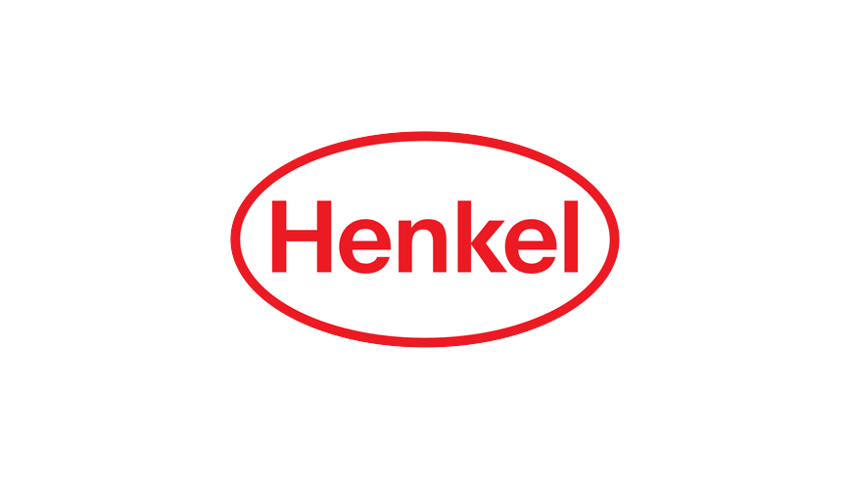Highly engineered products, such as radar, guidance, and communication systems for commercial and defense aerospace applications, use highly engineered materials when building products. As a supplier of sophisticated adhesives used in these high-end applications, it is not enough to merely sell products to the downstream manufacturer that is going to use them. Providing technical guidance on the proper handling and use of your products is critical to its success in the field. Standardization of training, including a consistent approach with clear technical documentation on proper handling techniques, will provide much-needed guidance in the adhesives industry.
Creating “Win-Win” Scenarios with Customers by Providing Clear Processing Specifications
Profitability increases when waste decreases. An ideal operational state for manufacturers is when every shipped lot is accepted by their customers and processed without incident. For this to occur, manufacturers need to have a clear understanding of the precise performance needs of each customer and application. Sophisticated manufacturing environments require intricate planning for each step of the production process. Vendors who supply highly engineered materials, such as adhesives, to sophisticated manufacturers understand that providing a high-quality product is not enough — clear user guidelines are critical to maximize performance and minimize failures.
Rethink your adhesion manufacturing processes with Surface Intelligence.
Henkel Drives Customer Success by Providing Sophisticated Surface Preparation Guidance
Henkel, a world leader and innovator in adhesive formulation, is leading the adhesive industry with an initiative to provide more sophisticated guidance regarding surface preparation to maximize the performance of adhesives. Within their Loctite product line, three products now have water contact angles (WCAs) included on their technical data sheets. These products, LOCTITE® ABLESTIK® 8175, LOCTITE® ABLESTIK® CF3350, and LOCTITE® ABLESTIK® 5025E, are used in a variety of applications including solder replacement in microelectronic interconnect applications, electrical, thermal and mechanical assembly applications, and bonding “hot” devices onto heatsinks. Henkel is a business committed to high-quality standards and has implemented rigorous process control to consistently manufacture adhesives that are 100% compliant with internal specifications and that meet the predefined needs of their customers. Henkel also understands that even though their products leave the factory floor in a state that is 100% compliant with customer specifications, the steps that are followed in a customer’s production process have an extraordinarily large impact on whether the adhesive performs as intended during production and in the field.
Comprehensive Specifications Enhance Product Performance
With the inclusion of water contact angle recommendations for surfaces to the Henkel Technical Data Sheets (TDSs), the TDSs are now quite comprehensive. Key elements included on the TDSs are:
- Product Description
- Technology
- Cure Schedules
- Product Benefits
- Application Notes
- Product Compliance to External Standards (including MIL-STD-883, Method 5011)
- Typical Properties of Cured Material
- Typical Performance of Cured Material
- General Information which includes Thawing, Surface Preparation, Directions for Use, and Storage
Henkel’s products are engineered for success.
Henkel Helps Customers Understand Surface Preparation Techniques that Promote Effective Adhesion
To achieve effective adhesive bonding, surfaces need to be free from contamination. Water contact angles can consistently provide an objective measurement of whether a surface is properly prepared for adhesive bonding. In an effort to help their customers obtain effective bonding results for each and every product, Henkel partnered with Brighton Science to update their TDSs to include contact angle specifications. The following information is now included in the Surface Preparation section of the TDSs for LOCTITE® ABLESTIK® 8175, LOCTITE® ABLESTIK® CF3350, and LOCTITE® ABLESTIK® 5025E:
1. Proper preparation of substrates is critical to optimize epoxy adhesive flow and adhesion. The substrate water contact angle (WCA) is a good indicator of the capillary forces that drive resin flow and adhesion. Henkel recommends industry standards of <50° for substrate WCA. This allows the epoxy resin to better wet the substrate. Users may want to establish the precise relationship between WCA and product performance for their specific application.
2. Substrate surface chemistry is impacted by the entire substrate supply chain including supplier manufacturing methods, packaging, handling, plasma treatment, storage conditions, exposure to environment, and subsequent cleaning steps.
“As a result of including WCAs on the Henkel Technical Data Sheets, we have seen a strong uptick in customer satisfaction and a marked decrease in technical support tickets for these products,” said Doug Katze, Market Segment Manager, Defense & Space, Henkel Corporation. “This initiative has been so successful that we plan to include WCAs on more of our Technical Data Sheets.”
Water Contact Angles Inclusion on Industry Specifications
Other industries, including medical, electronics, and consumer products, have already integrated WCA as the measurement standard and have included surface preparation specifications into their TDSs to promote consistent, effective adhesive bonding throughout their manufacturing processes. Specific industry examples include automotive bonding and sealing applications, structural bonding of aircraft, uniformity of coatings on medical tubing, and coatings for consumer electronic devices.
Water Contact Angle Specifications Provide Broad-based Industry Benefits
Helping customers achieve success is a universal business strategy that can strengthen corporate reputations, maintain current customers, and help drive profits. When working with both your own internal organization as well as your customer’s organization, it is helpful to take a holistic view of the entire supply chain. This process extends beyond raw material acquisition. Operational aspects to consider are raw material handling, including shipment packaging, methods of transport, warehousing conditions, pre-production processing, and product manufacturing. Once the product is finished being manufactured, the same holistic view of what happens to your product as it leaves the production line and heads towards your customer’s production line should be considered.
All manufacturing industries involved in adhesion can benefit from including a water contact angle specification on TDSs. These benefits include:
- A strong corporate reputation for providing reliable products that perform consistently and are manufactured to precise product specifications
- Developing an appreciative customer base who recognize the value of not spending time investigating “root causes” of adhesion failures. These customers will understand that they now have more time to focus on production efficiencies and growing their business. This will, in turn, increase demand for your products.
- You will drive down claims for waste that customers might have erroneously charged you with because they did not fully understand “best practices” for handling your product during the production process
- Your technical support staff will have more time to spend developing new customer relationships (as opposed to spending time training and retraining the existing customers)
Including WCAs in TDSs for New Products
Depending on your industry, designing a new product can take from months to years. Going forward, you have the opportunity to include successful adhesion best practices in the TDSs for your new products. Take the time, before going to market, to critically assess the adhesive bonding processing conditions that are prevalent in your industry. Invest the time necessary to develop objective WCA standards to include on your TDSs. Taking these steps will help ensure that your product launch will be successful — and both your internal team and your customers will have a clear understanding of how to use your new product in a way that will help ensure manufacturing success.
Revising Existing Technical Data Sheets to Include Water Contact Angle
Most organizations have policies in place regarding appropriate “triggers” for updating existing specifications. This updating process may also be impacted by external sources – including certifying bodies, like ISO, or regulated industries with formalized requirements for making any changes within their supply chains.
Common reasons that corporations might choose to update existing specifications include changes in raw material availability, changes in supply sources, or feedback from the field that your organization is trying to mitigate proactively through enhanced internal education and customer training. Other triggers include customers’ increased focus on quality. They expect their incoming raw materials to have consistent reliability and to be manufactured to comply with published specifications. For surface applications, this requires understanding and controlling surfaces. Helping customers understand how to effectively prepare surfaces to use adhesive products will improve both customer retention and profitability.
Optimize the power of next-gen connectivity with data & surface intelligence.
Positioning Your Company for Adhesion Success
Forward-thinking adhesive manufacturers understand that, in order to foster mutually beneficial relationships with customers, they need to provide both quality adhesive as well as appropriate performance and handling guidelines. These manufacturers create synergistic relationships with customers by proactively creating specific, clear product specifications that empower customers to implement process control techniques that will drive toward 100% product performance. Incorporating water contact angles on TDSs drives reliability, confidence, customer retention, and sales radiation for both internal and customer teams.
To learn more about the benefits of incorporating water contact angles into technical specifications to drive product success in the field, download our free eBook. This eBook explores common manufacturing Critical Control Points that need to be protected using contact angle data.
Download the eBook here: "Predictable Adhesion in Manufacturing Through Process Verification."




